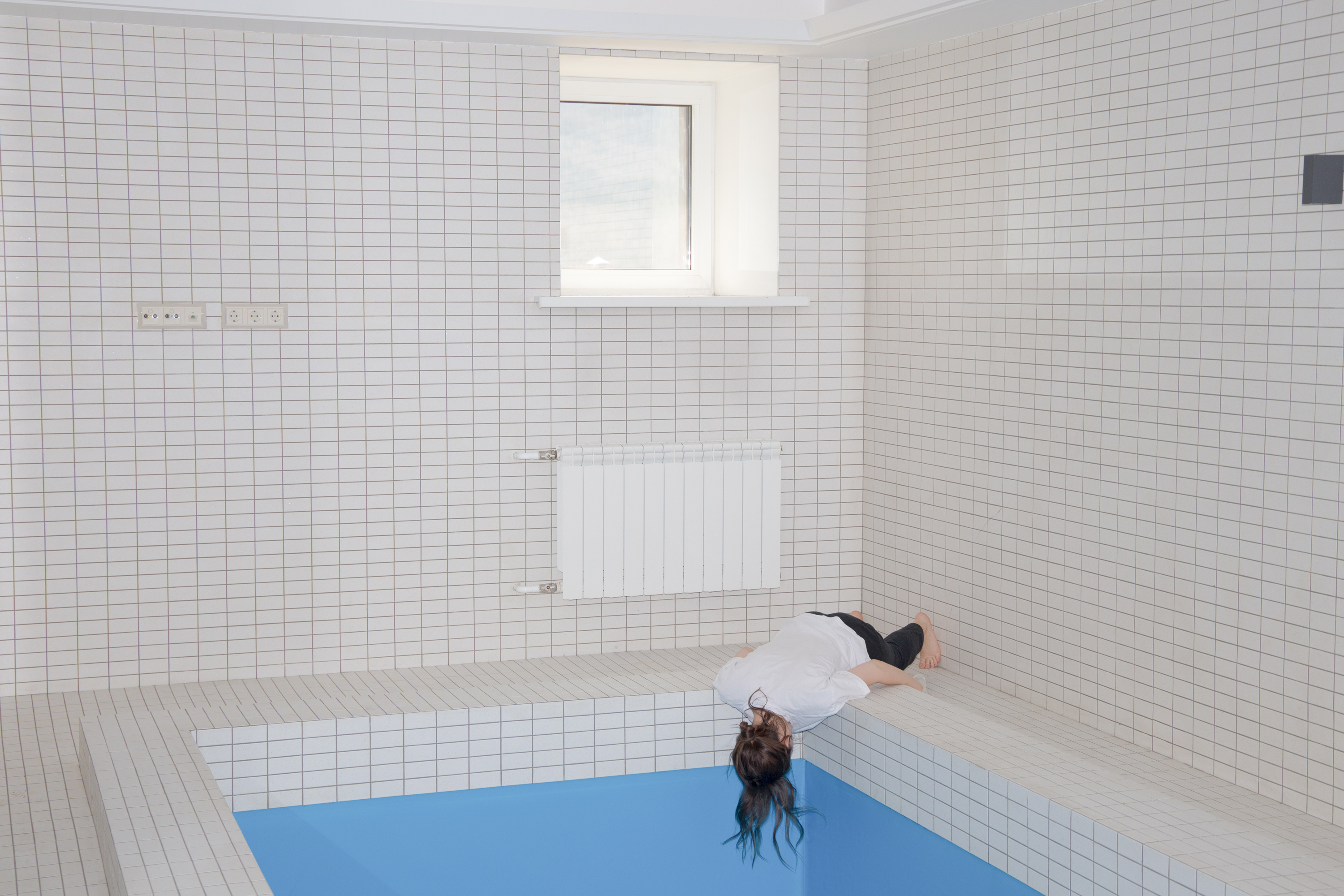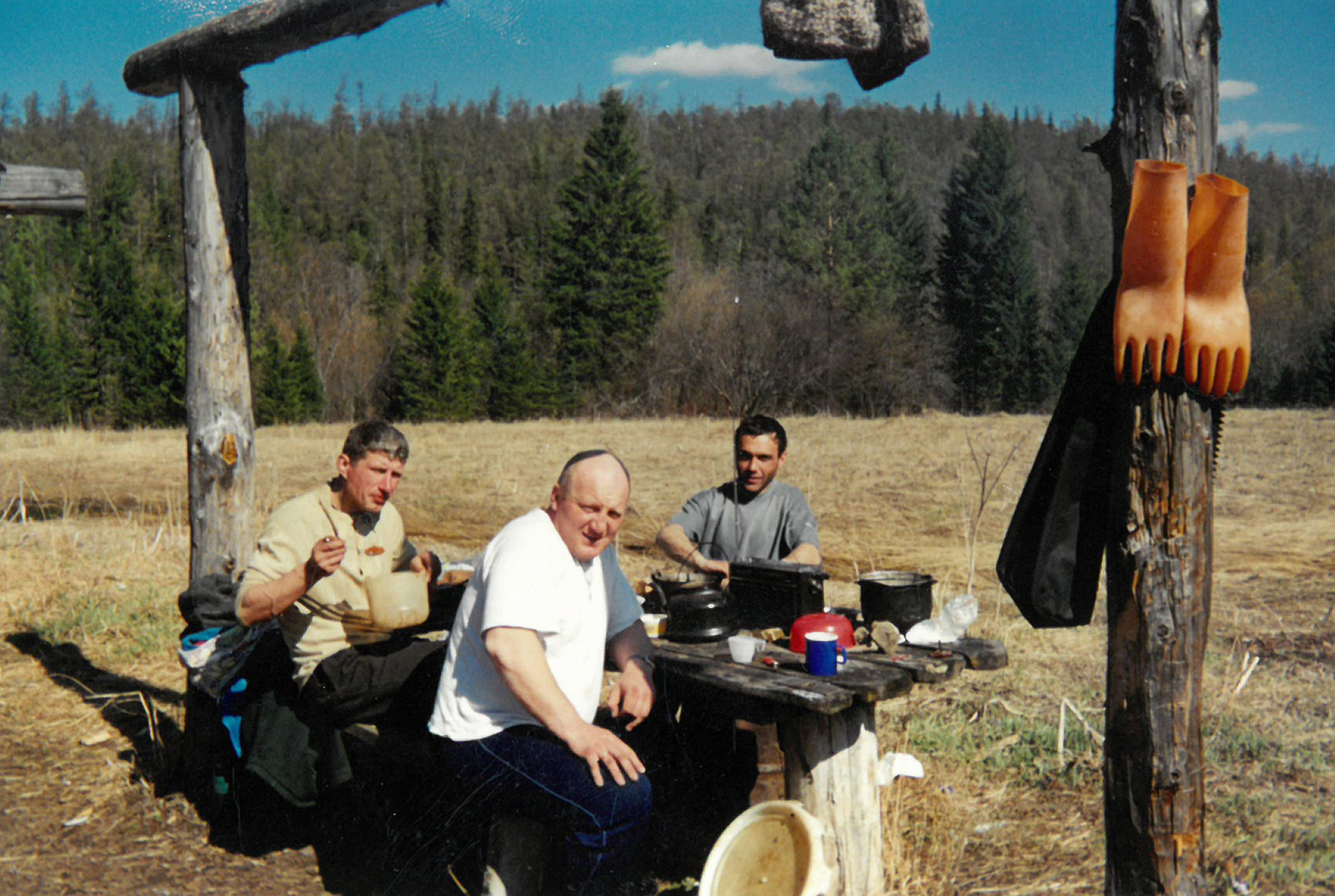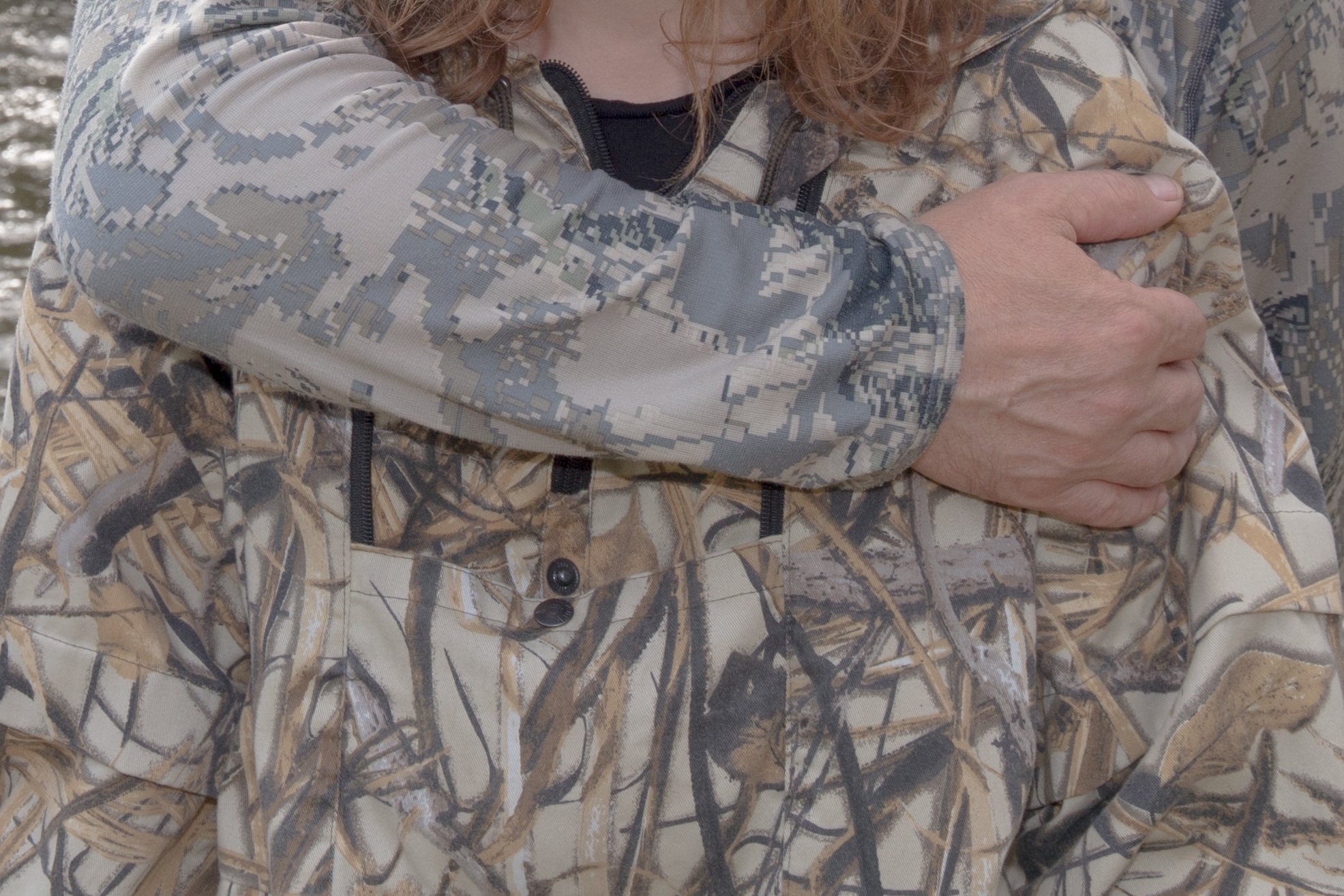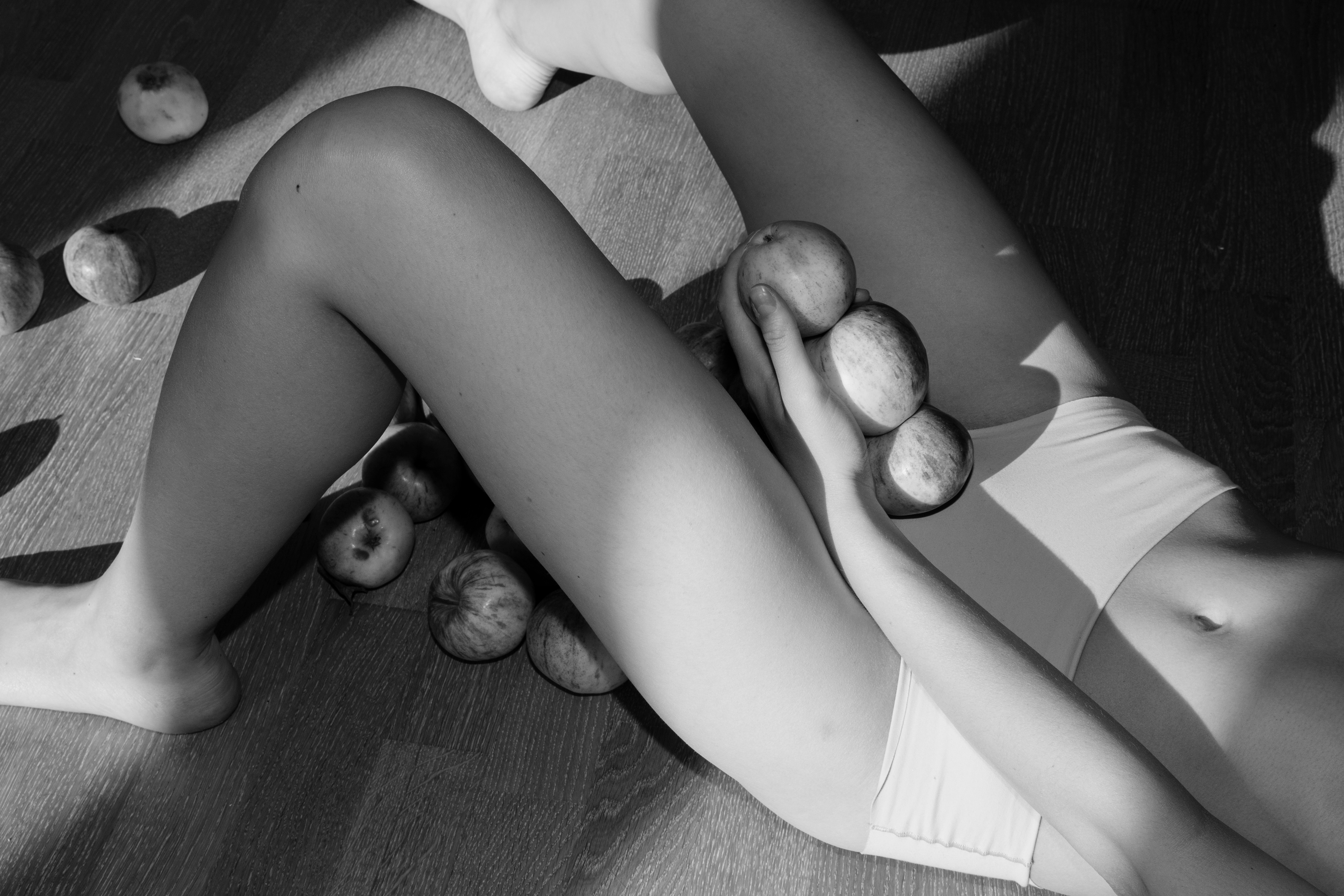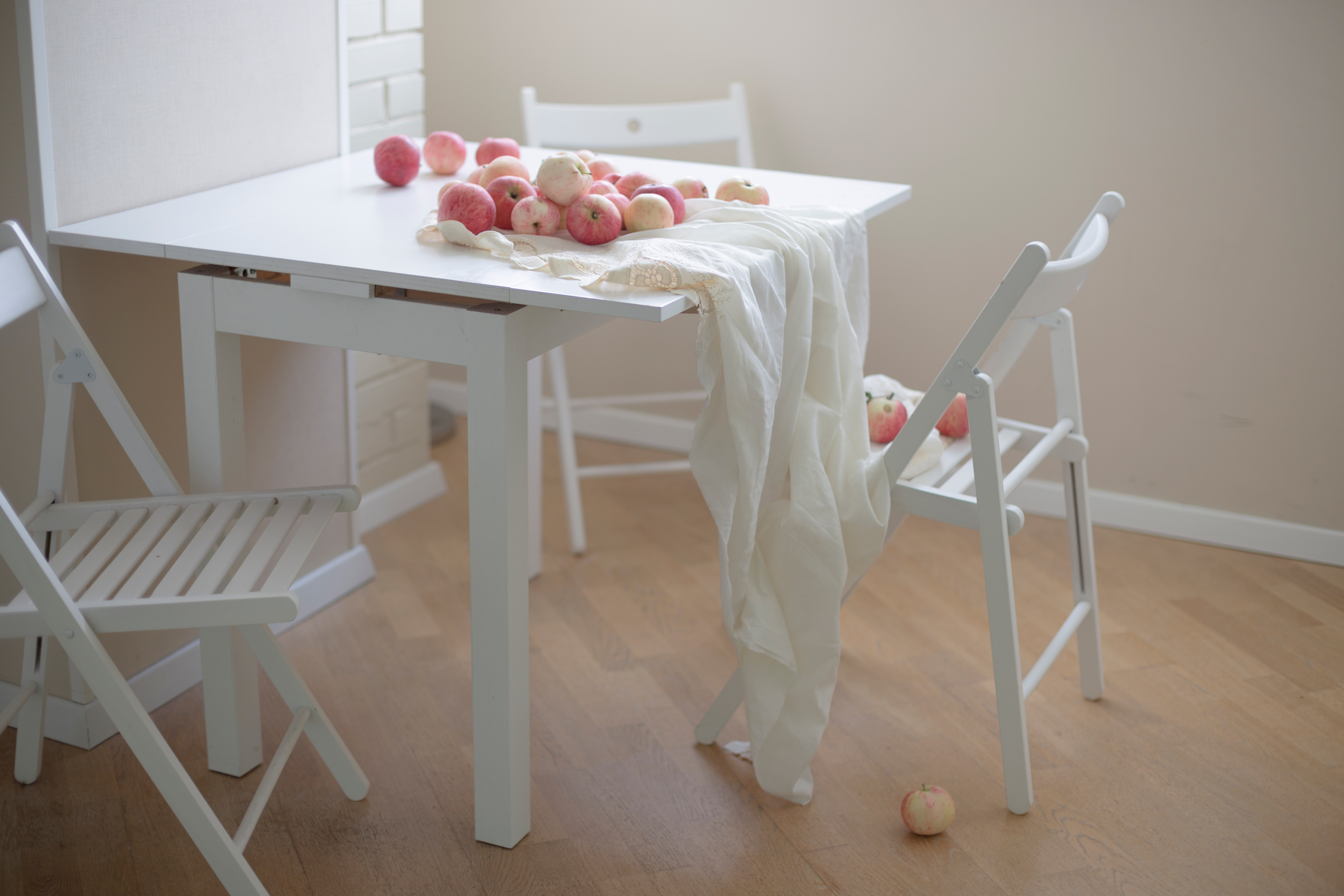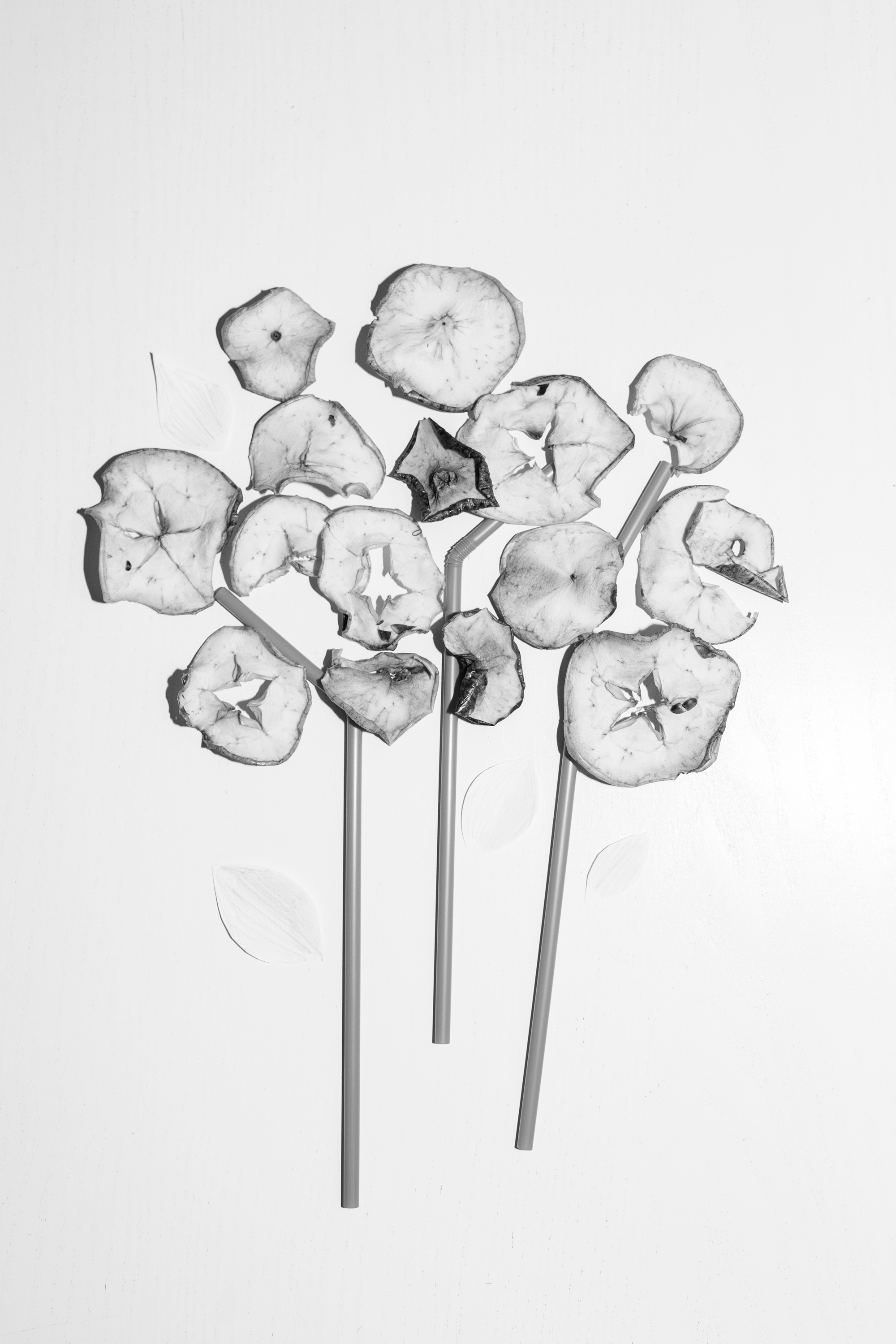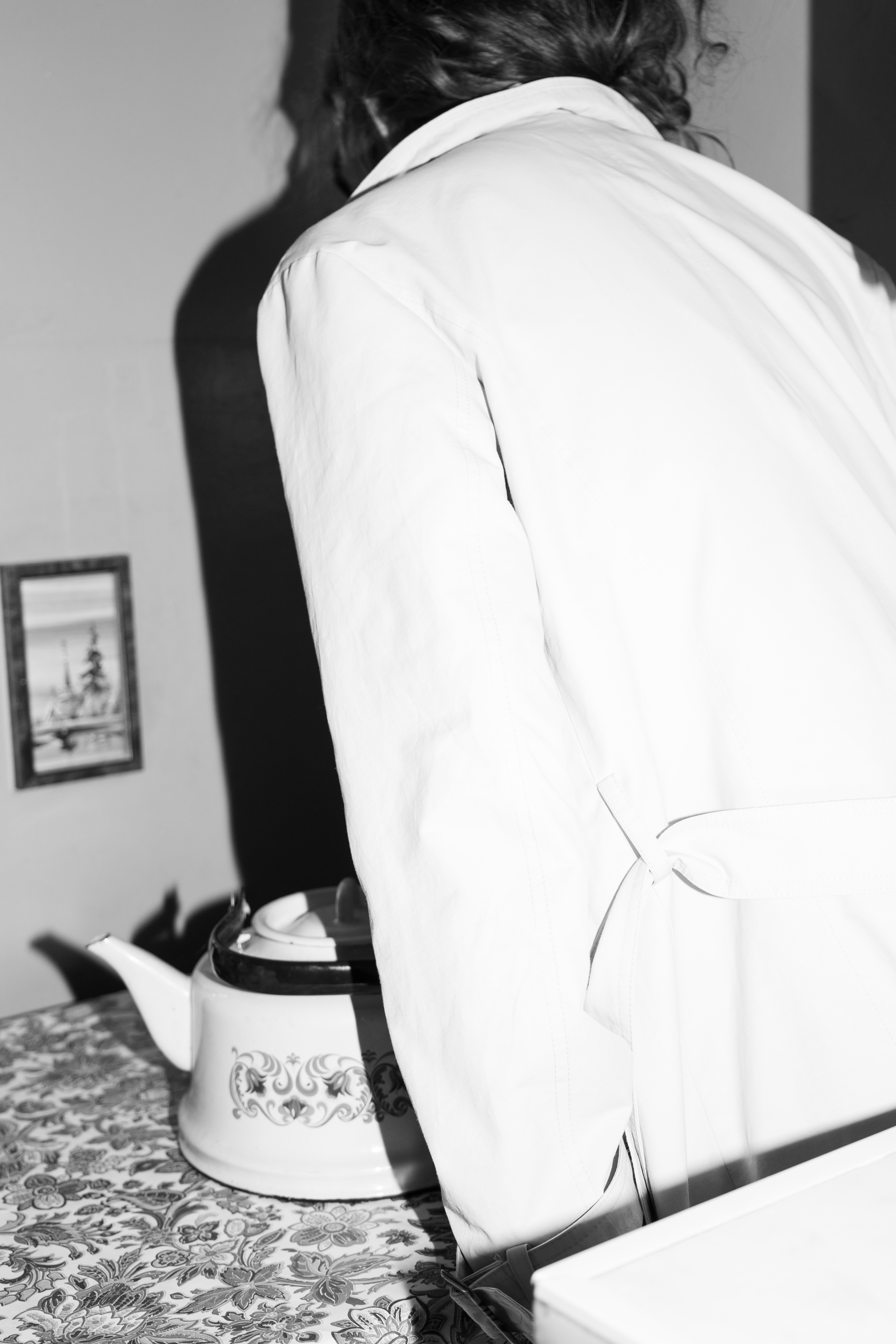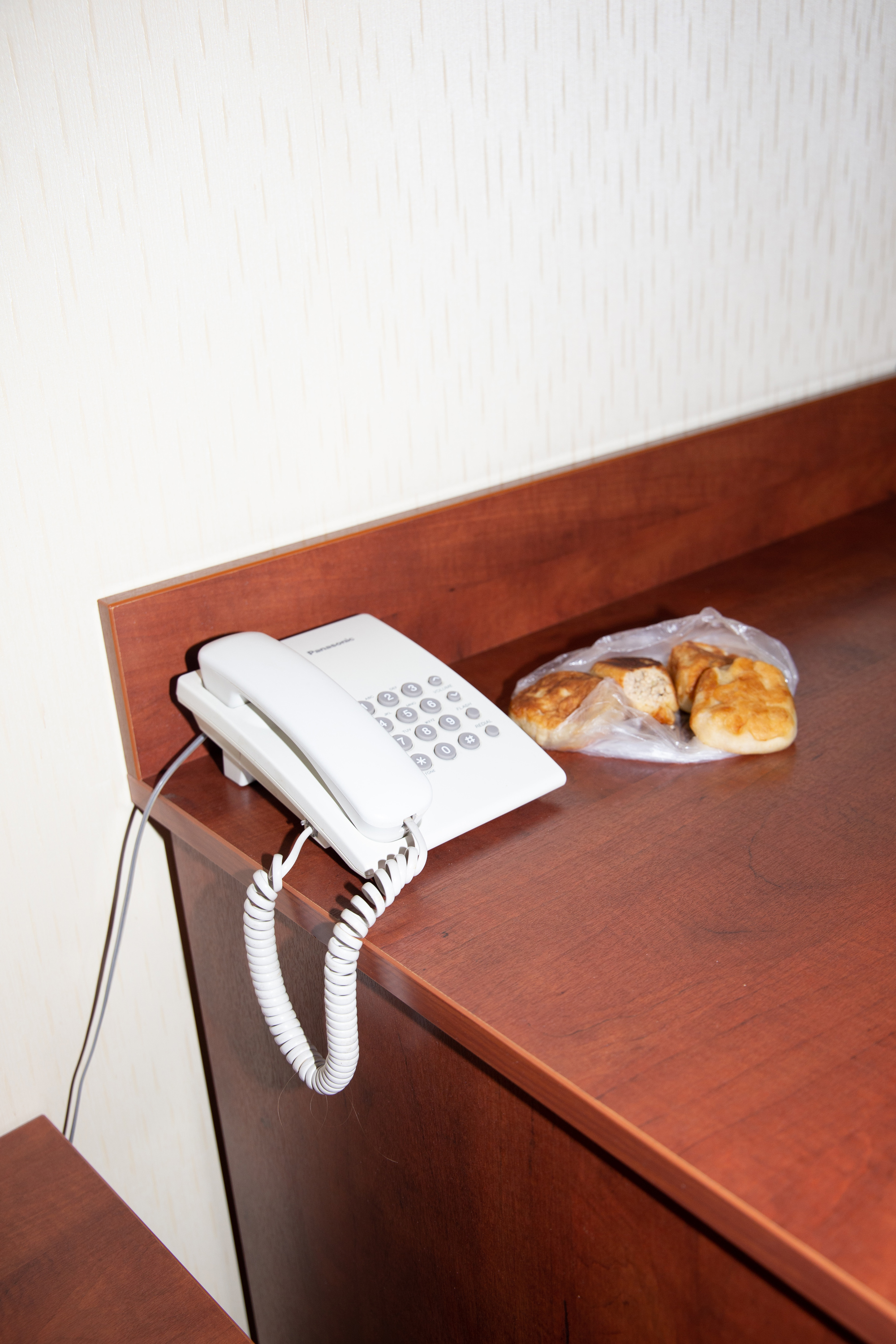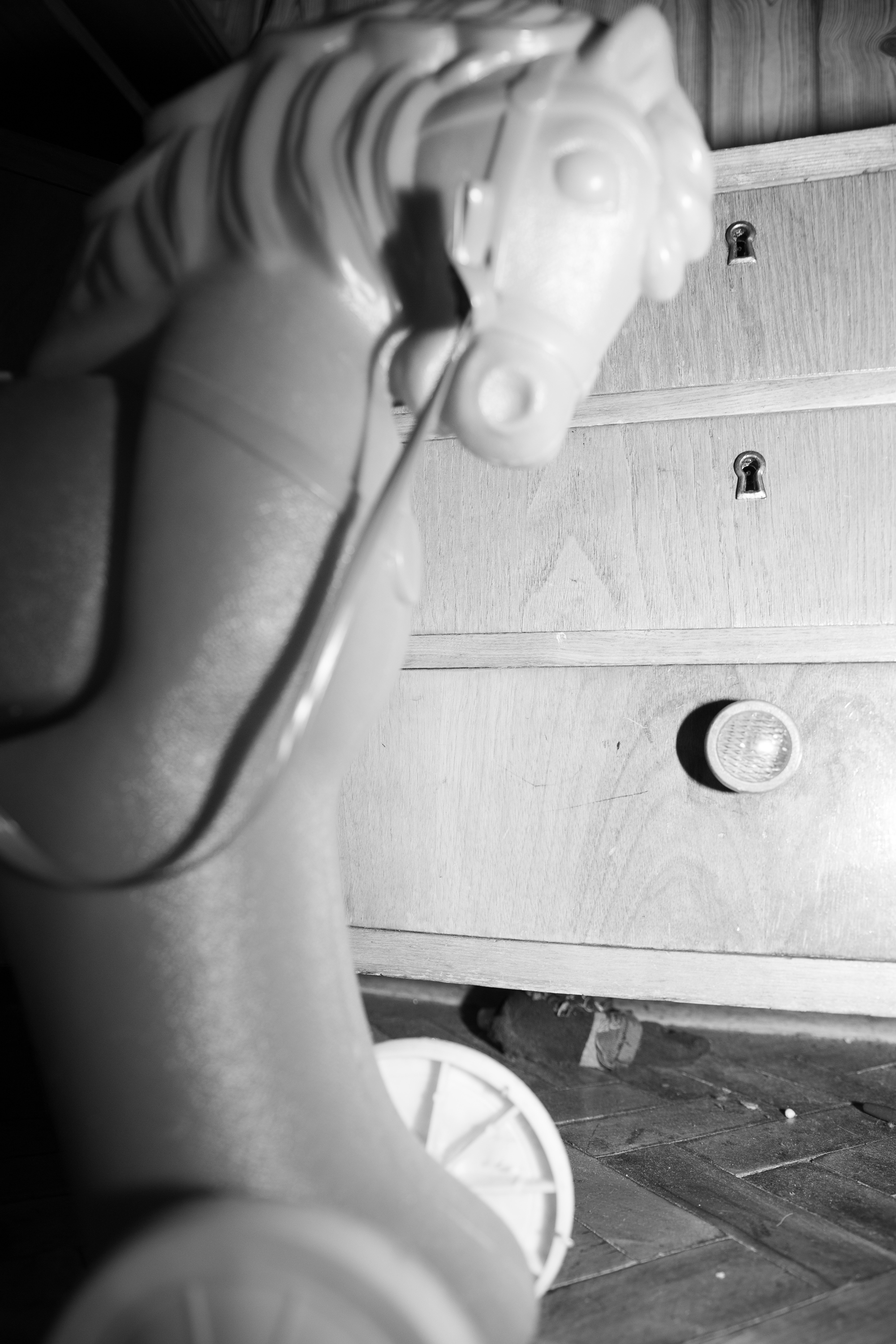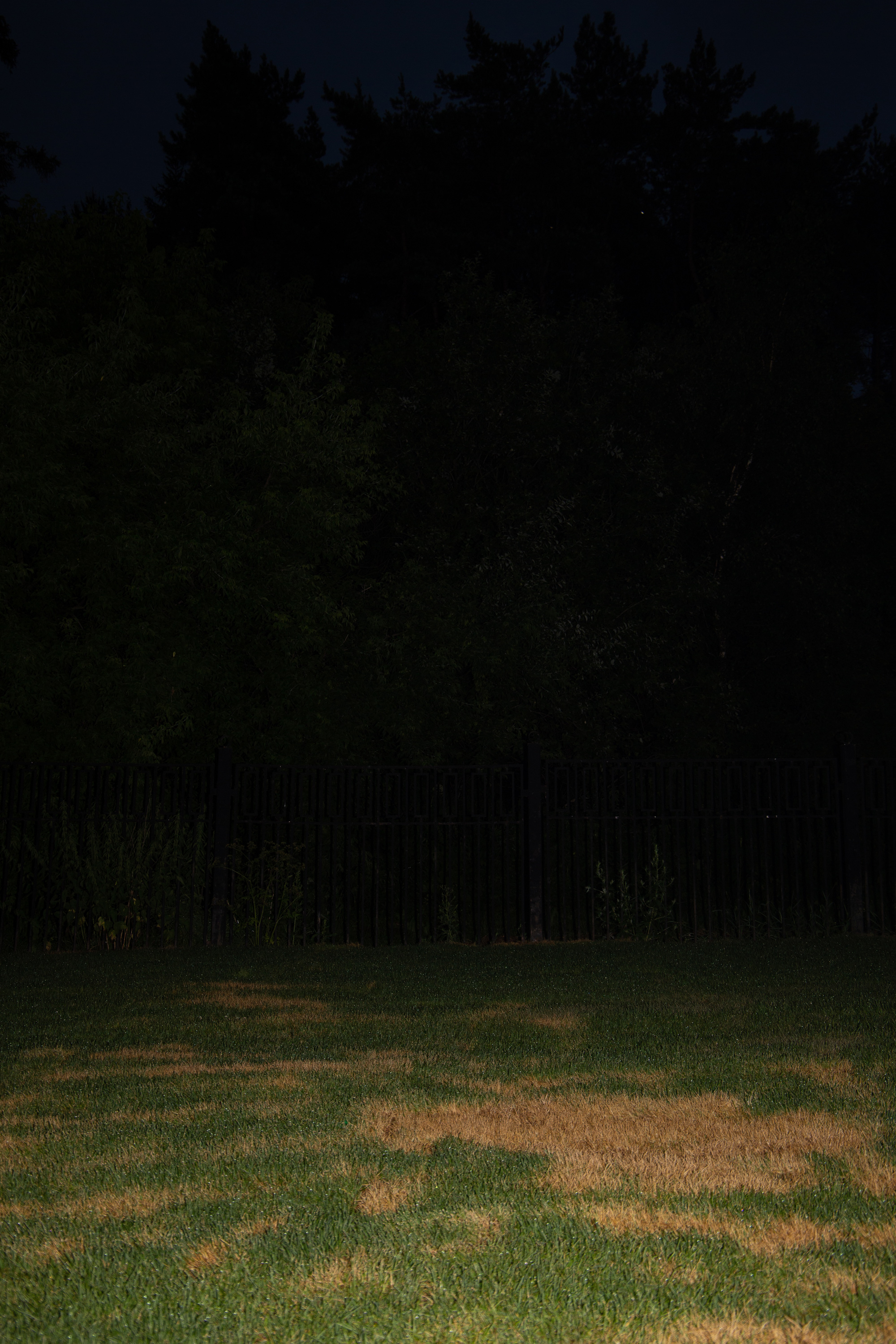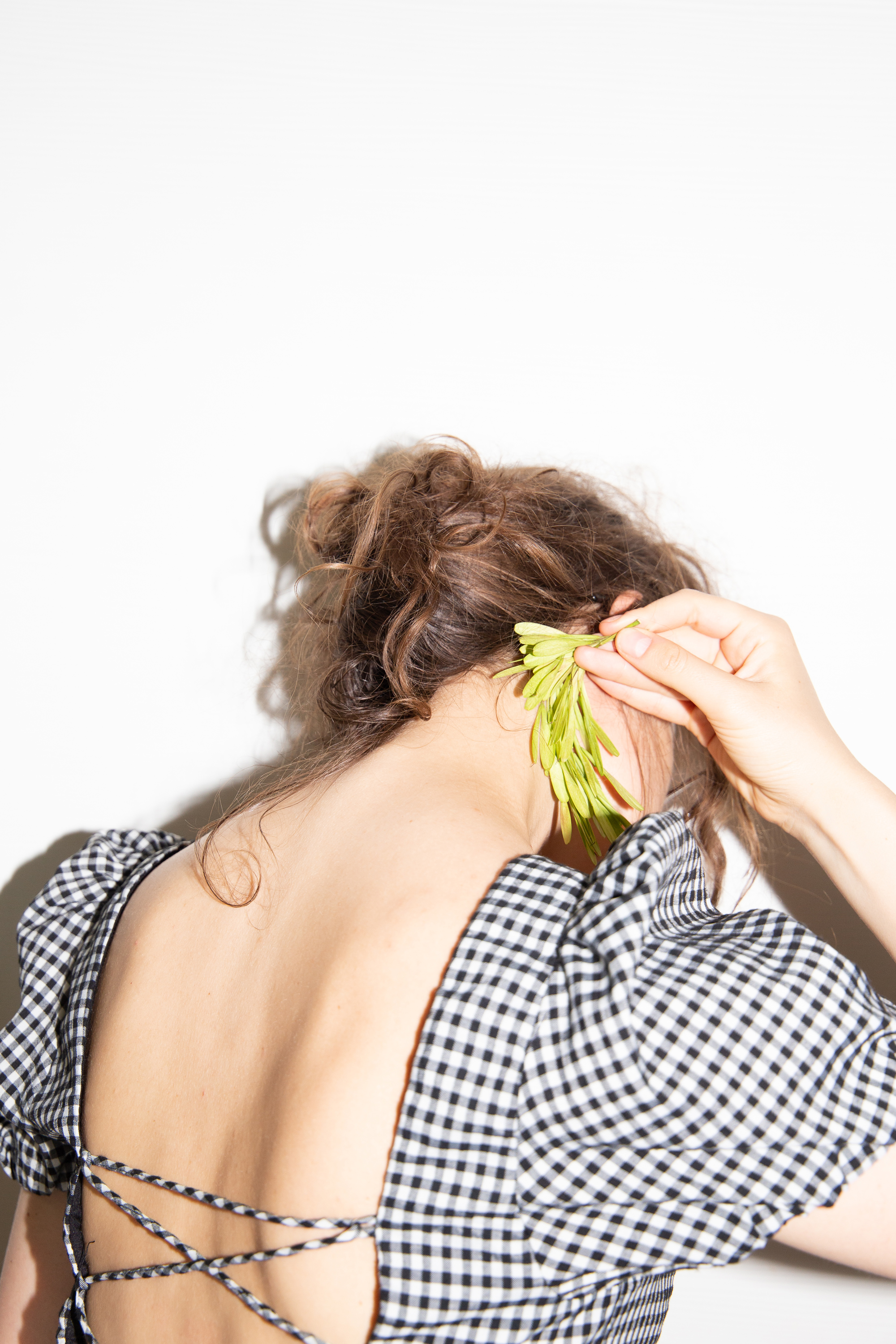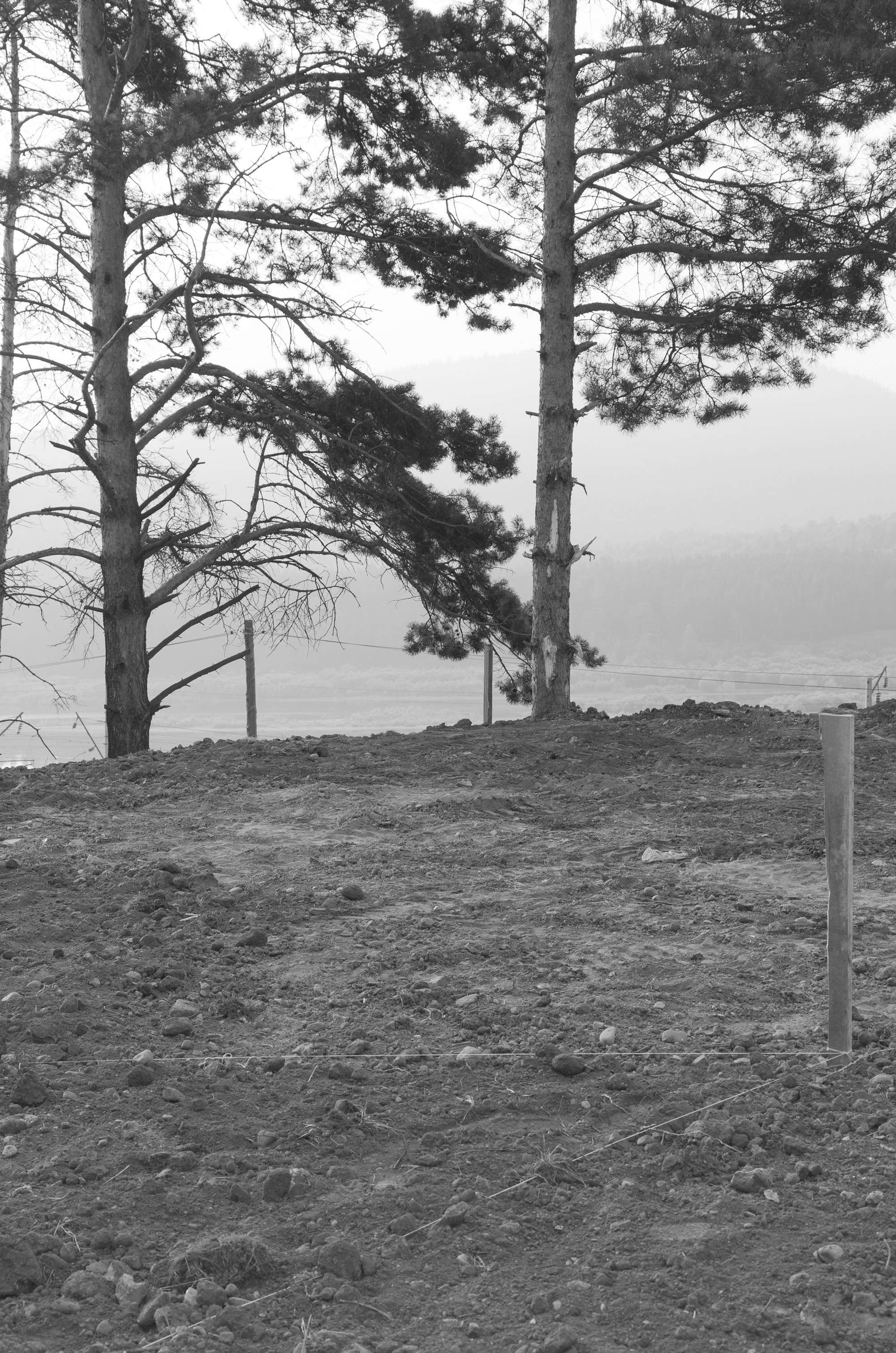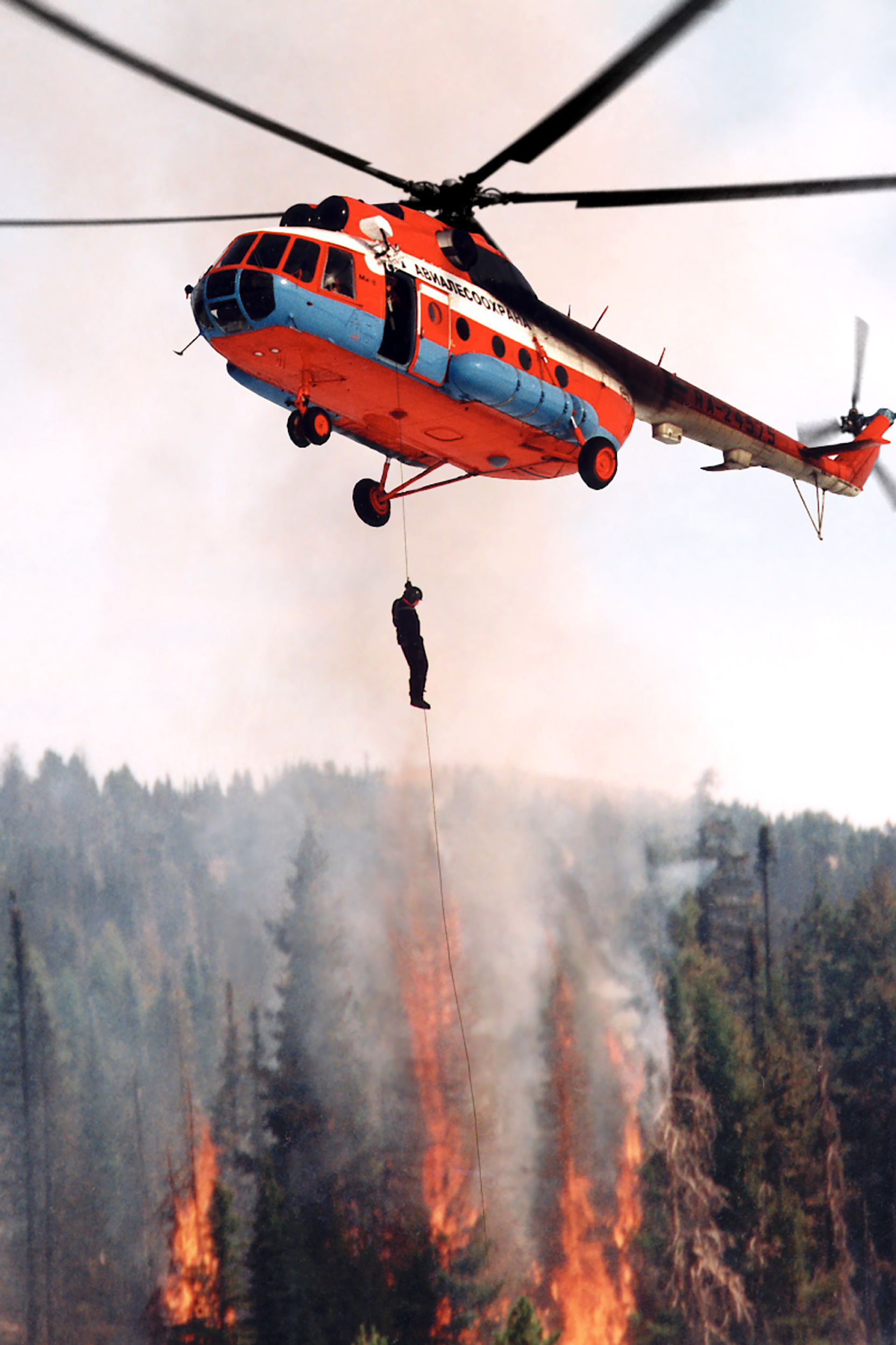Can art help us emerge through trauma?
How do we experience our own private histories? What do we remember and what do we forget? The events, encounters, and sensations we experience in childhood and adolescence shape us; they linger in our bones and impact the way we see the world. But can we untangle the web of the joys and sorrows that makes us who we are? Russian photographer and visual artist Marina Istomina is looking for new ways to speak about memory and trauma — while redefining how we tell both personal and collective stories.
The introduction to Istomina’s project Krysha begins with the lines:
“Ust-Kut, Siberia. Spring 2003. I’m 10 years old. The phone rings, and we learn that a day earlier, several men were killed on a suburban highway after a gunman opened fire on two cars. One of the victims was nicknamed the King, and was the leader of a local organised crime group. The same evening, I started to keep a lookout for any sniper who might be after me.”
The project’s name, which literally means “roof” in Russian, refers to the protection that criminal gangs would provide (or force upon) local businesses — a key facet of post-Soviet life in the 1990s. Istomina tells the story of these economically and politically turbulent times through her own experiences as the daughter of a small town entrepreneur: overhearing adults’ hushed conversations, being a guest in the mansion of a local criminal boss, becoming obsessed with finding hiding places around her house in case gunmen came. Her memories became photographs — semi-abstract shots echoing the presence of ambient violence, combined with media and image archives from the era.
“I could have said that my stories are about my family — but at the same time they relate to broader society. It’s about Siberia, but not limited to it,” Istomina says. “Each time, I start with a personal story but over time this expands into something more universal and relevant.”
Istomina’s latest project, commissioned by The Calvert Journal and Futures Photography, also stems from a deeply personal topic. Named My Father is an Apple, Istomina was inspired to develop the piece after visiting a friend’s house in the countryside. While there, she woke up to the smell of dried apples — a scent which immediately reminded her of her father.
“Dried apples appeared in my life when my father left. He used to send me a white bag with dried apples as a way of checking-in. A sort of ‘hello’; a reminder of his existence. When I turned 18, he stopped sending apples. That’s why I started the project with this symbol. I am still interested in finding out what happened to him,” the artist explains. “The project is not only about a father-daughter relationship, but also about this sort of break, disconnection, separation — Sarov, where my father is based, is closed to outsiders because it has a number of restricted factories and is linked to the nuclear industry. Visitors can’t easily enter the town.”
My Father is an Apple is not only a visual work of art, but a process of looking into the artistic language for loss, alienation, disconnection, love, longing and the complexity of family ties. Istomina uses a variety of media: fragments of conversations, still-lives, self-portraits, maps. Sarov, the closed Siberian town where her father lives, is also a significant part of the project — but as photography is still prohibited in many such closed towns, there remains a knot at the core of the story that cannot be untangled.
Istomina began her work on My Father is an Apple with a series of self-portraits. For the artist, photography is not only a way of seeing and understanding, but also of experiencing things in her own body. The artist’s self-portraits are not so much the documentation of her appearance or presence in the story, but a way to evoke a more visceral connection to the narrative for herself and the viewer.
“I started by studying an apple, rolling it around my body, as if trying to ask it what actually happened [when my father left]; whether it was my fault”, the artist explains. “That corporeal aspect is important for me. Self-portraits also appear in my project Suffocation to show the effect of wildfires on the body: the inability to breath, headaches. I didn’t want to rely just on images of fire or smoke. It was important for me to show how difficult it is to be in these stifling circumstances”.
In this way, Istomina is always attached to the art she creates: it remains close to her body and, like much of her work, close to home. But even as traumas are kept close, they are constantly inspected and experienced in different ways — finally giving the artist the power to redefine her own narrative through art.
This feature is part of The Calvert Journal and Futures Photography collaboration — you can watch Marina Istomina’s video interview on @calvertjournal instagram.
